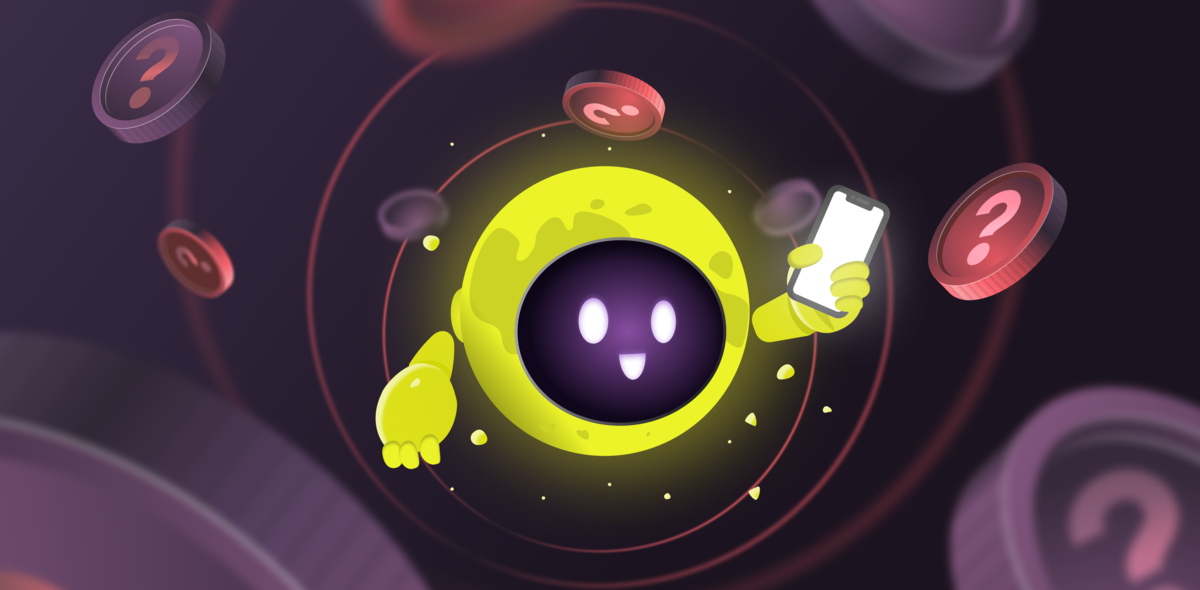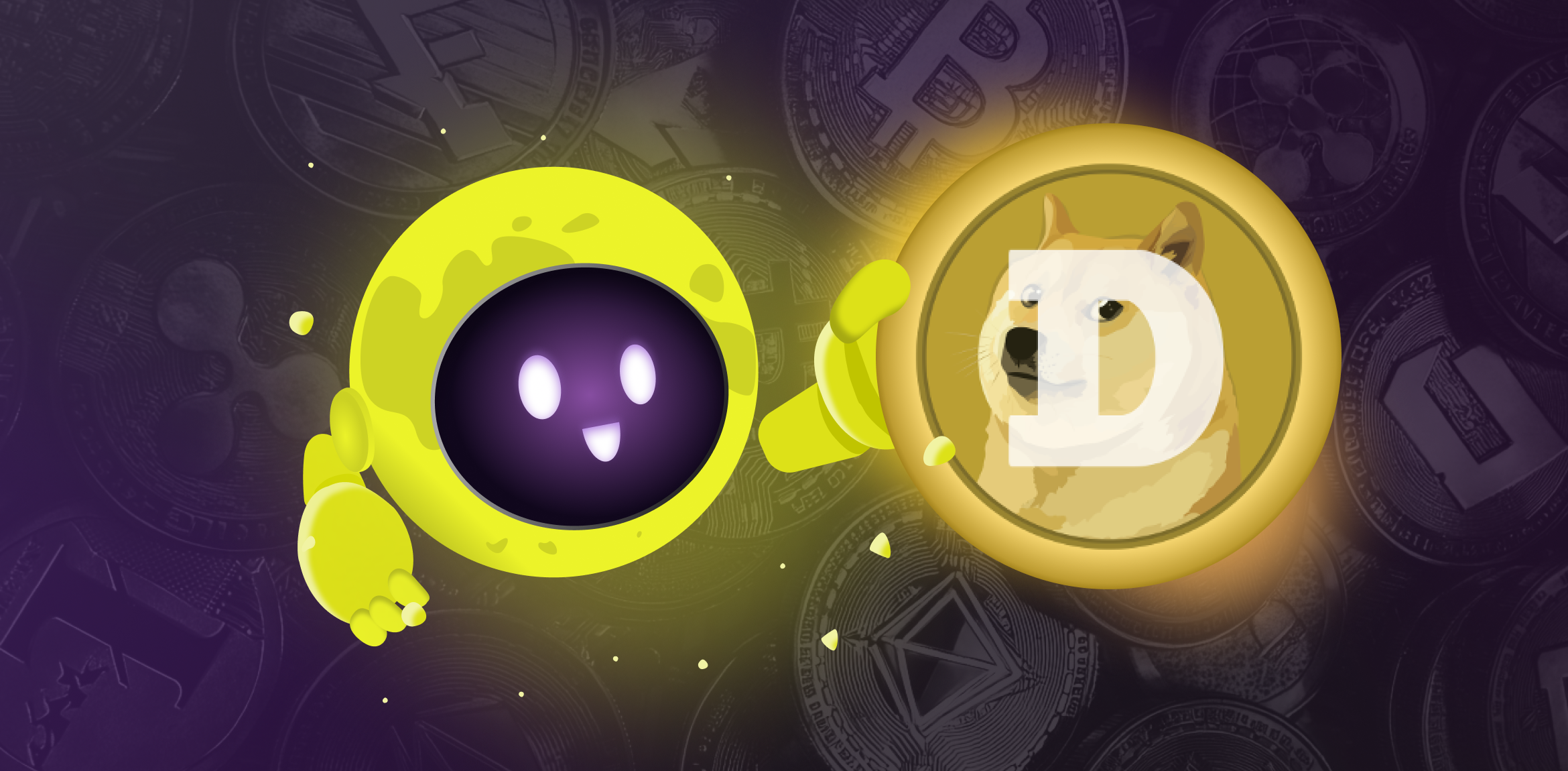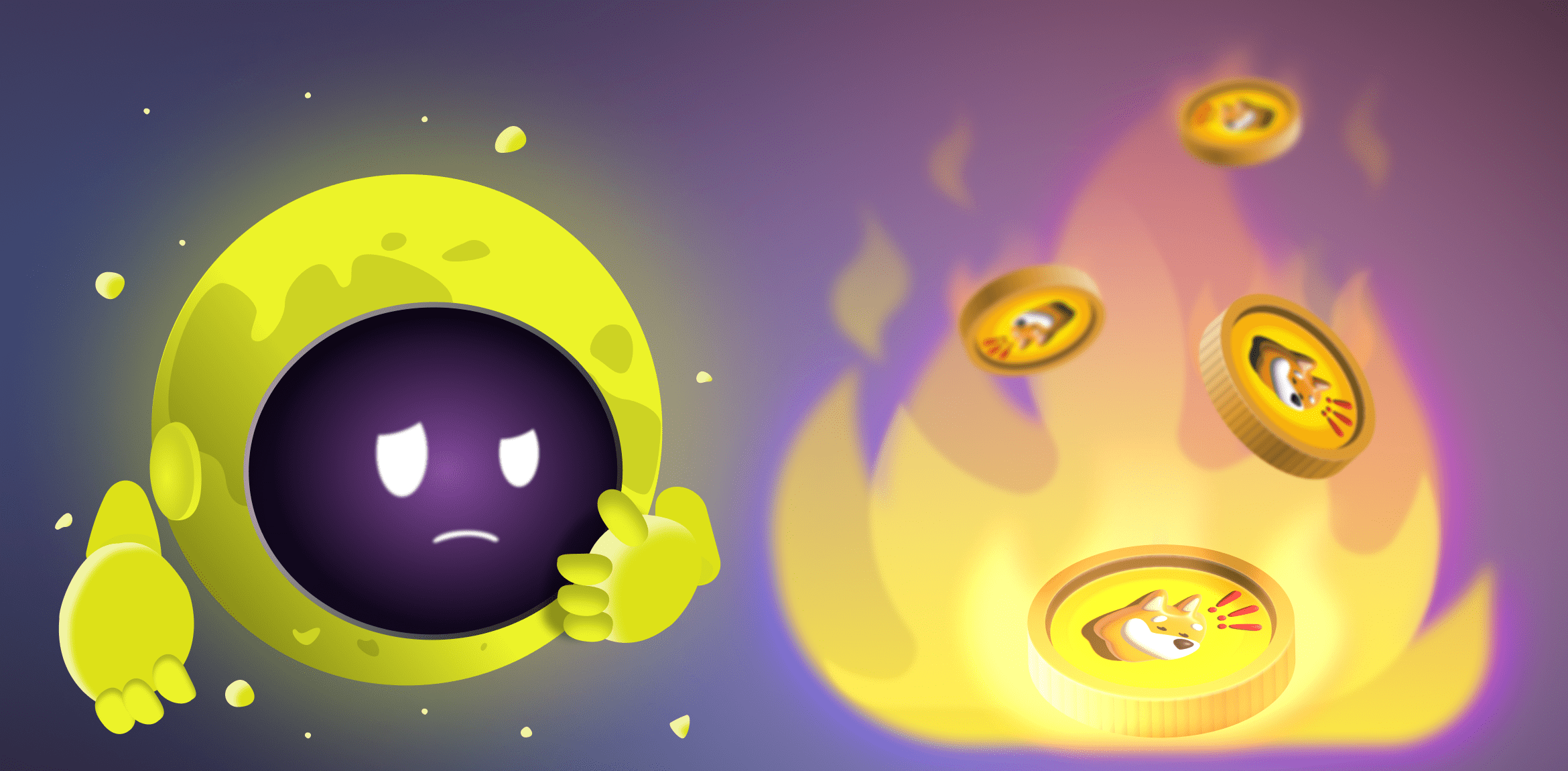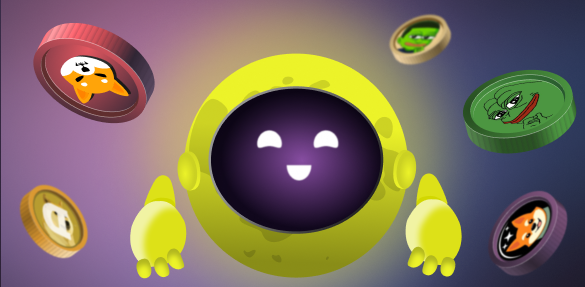
In the fast-moving world of crypto, it’s not all about complex charts and serious talk. Enter meme coins — a playful twist born out of internet humor, memes, and viral trends — that are making waves across the market. In this article, we’ll dive deeper into meme coins, how they work, and what investors need to know before jumping in.
Why meme coins matter in crypto culture?
Meme coins play a unique role in the broader crypto ecosystem. They reflect how blockchain can intersect with pop culture, internet communities, and social movements.
Why meme coins are important:
- They lower the entry barrier. Many meme coins start at fractions of a cent, making them appealing to new investors.
- They capture online trends. These coins often mirror internet culture and viral movements.
- They demonstrate the power of communities. Meme coins thrive or die based on social engagement, not institutional backing.
- They keep the crypto space fun. In a tech-heavy industry, meme coins provide a lighter, creative dimension.
In short, meme coins are more than a joke, they’re a cultural and financial experiment that has found a strong audience.
What is a meme coin?
Now let's take a closer look at all the aspects of meme crypto.
A meme coin is a cryptocurrency inspired by a joke, meme, or viral trend rather than a formal technical innovation or business use case. While some evolve to gain utility, most begin with the primary goal of entertainment and community engagement.
For example, Fartcoin, launched on the Solana blockchain in October 2024, taps into internet humor with its “Gas Fee” system that emits digital fart sounds during transactions. Fully decentralized with no major team holdings, it quickly went viral, reaching a market cap of $2.34 billion by early 2025.
Common characteristics:
- Often themed around animals, memes, or pop culture.
- Driven by community enthusiasm rather than technical fundamentals.
- Typically launched on popular blockchains like Solana or Ethereum.
How do meme coins work?
Meme coins function similarly to other cryptocurrencies. Most are created as tokens on existing blockchain networks, using standard frameworks like SOL (Solana), ERC-20 (Ethereum), or BEP-20 (BNB Chain).
Key mechanics:
- Smart contracts define the coin operation, including supply limits, taxes, or rewards.
- Meme coins can be created quickly using token generation tools such as Pump.fun or Pinksale.
- Growth relies on viral marketing, influencer support, and community activity. For example, Dogecoin’s rise was fueled by internet humor, Elon Musk’s tweets, and grassroots efforts – like sponsoring a NASCAR driver and funding the Jamaican bobsled team’s Olympic trip.
Although they may not offer groundbreaking utility at launch, some meme coins develop into full ecosystems with staking, NFTs, and other features.
Popular types of meme coins
Meme coins draw inspiration from a wide variety of internet subcultures, trends, and viral moments. Below are the most common categories, each with examples of the top meme coins:
Dog-themed coins:
The foundation of meme coin culture. These coins started it all, built around the internet's obsession with dog memes. They often promote community-first values and light-hearted branding.
- Dogecoin (DOGE), launched in 2013 as a parody of Bitcoin, was based on the viral Shiba Inu "Doge" meme. Though it started as a joke, it gained real traction after being embraced by online communities and high-profile supporters like Elon Musk.
- Shiba Inu (SHIB), introduced in 2020, branded itself as a "Dogecoin killer" and quickly built a massive ecosystem including NFTs, DeFi tools, and its decentralized exchange.
Meme and culture coins:
These coins are inspired by well-known internet icons or memes.
- PepeCoin (PEPE), for example, leverages the long-standing popularity of Pepe the Frog, a meme character that originated in online message boards. PEPE surged in 2023, becoming a symbol of meme coin resurgence after going viral on platforms like X and Reddit.
- Brett (BASED), a meme coin from the Base ecosystem, inspired by the comic-book friend of Pepe the Frog. Brett quickly gained traction for its relatable humor, loyal online fanbase, and connection to broader meme lore.
Niche meme coins:
Aimed at smaller but highly engaged communities, these coins often center on themes like cats, anime, or specific subcultures.
- Popcat (POPCAT), launched in 2023 on the Solana blockchain, draws from the viral “Popcat” meme and gained popularity in Asia for its playful branding and low-fee trading.
- MOG Coin (MOG), launched in late 2023, is based on the “mogging” meme and features cat-themed, ironic branding. Its satirical tone quickly caught on with younger crypto users across Twitter and meme forums.
Trend-based meme coins:
These tokens are created in reaction to current events, celebrity mentions, or internet trends.
- Floki Uni (FLOKI) emerged after Elon Musk tweeted about naming his dog Floki, and it quickly built momentum as a community-driven project.
- Official Trump (TRUMP) is a political meme coin that emerged during election cycles. These types of coins often parody political figures or ideologies – some attract speculative traders, while others serve as forms of protest or satirical commentary.
How to make a meme coin (without being a developer)
Thanks to user-friendly tools, it's possible to launch a meme coin without any programming skills. Several platforms now offer meme token generators with simple interfaces.
General steps:
- Choose a blockchain (e.g., Ethereum or BNB Chain).
- Use a no-code token creator like CoinTool, Pinksale, or Mintme.
- Set token details: name, supply, symbol, and optional features like buy/sell tax.
- Add visual branding like logos and memes.
- Deploy and promote via social media and community channels.
However, creating a coin comes with responsibilities. Transparency, fair tokenomics, and honest promotion are essential for building a trustworthy project.
Pros and Cons of meme coins
Like all crypto assets, meme coins have their advantages and risks. Understanding both sides helps investors make more informed decisions.
Pros:
- Low cost of entry. Suitable for small, experimental investments.
- Strong viral potential. Popular coins can see fast gains.
- Community-driven growth. Success is often tied to organic engagement.
- Easily accessible. Available on many DEXs and swap platforms.
Cons:
- High volatility. Prices can spike or crash rapidly.
- Limited or no utility. Many lack long-term use cases.
- Scam risk. Some meme coins are created as pump-and-dump schemes.
- Short project lifespan. Many disappear once the hype fades.
Top tips before buying Meme Coins
The last topic that we will cover in this article is market orientation strategies, as this is very important for market security:
- DYOR (Do Your Own Research). Always verify contract addresses, check community activity, and review tokenomics.
- Avoid FOMO. Hype-driven purchases often lead to buying at the peak.
- Beware of pump & dump traps. If the price movement looks unnatural, it might be manipulated.
- Use non-custodial, easy-to-use platforms. Services like SwapSpace offer simple, registration-free access to meme coins, allowing users to retain full control of their funds.
- Invest only what you can afford to lose. Treat meme coin investments as speculative, not guaranteed.
Conclusion
Memecoins represent a fascinating intersection between crypto, community, and culture. They’ve reshaped how people think about money, jokes, and value on the internet. While they can be fun and sometimes even profitable, meme coins carry significant risks. Hype and emotion often drive the market, making it essential to stay informed, think critically, and use trusted tools.
FAQ: Meme Coins
What is the purpose of a meme coin?
The main purpose of creating meme coins is entertainment and community engagement. They often start as internet jokes or social experiments, but some evolve to offer real utility, such as betting, NFTs, or DeFi features.
Are meme coins safe?
It depends. While some meme currencies are backed by active communities and transparent teams, others can be pump-and-dump schemes or short-lived scams. Always research the project’s team, tokenomics, and community before investing..
How to buy meme coins?
Meme coins can be purchased on decentralized exchanges (DEXs) using a connected crypto wallet. For a simpler experience, SwapSpace offers non-custodial swaps without requiring registration.
Can meme coins become serious projects?
Yes, meme coins can become serious projects. For example, Shiba Inu started as a joke but now includes its own exchange, NFTs, staking, and a Layer 2 network called Shibarium. Floki evolved into an ecosystem with a metaverse game, educational platform, and DeFi tools. Even Dogecoin, originally created for fun, is now accepted by major brands like Tesla. Some newer coins like PEPE are also gaining utility through DeFi integrations and strong community support.
Conclusion
Memecoins represent a fascinating intersection between crypto, community, and culture. They’ve reshaped how people think about money, jokes, and value on the internet. While they can be fun and sometimes even profitable, meme coins carry significant risks. Hype and emotion often drive the market, making it essential to stay informed, think critically, and use trusted tools.




